The distinction between indoor aluminium doors and outdoor aluminium doors can mainly be made from the following aspects:
Outdoor aluminium door: They usually adopt thicker aluminium profiles (such as over 1.4mm and higher-strength structures to withstand the influence of outdoor environment such as wind, rain, and temperature differences.
Indoor aluminium door: The material is relatively thin (such as 0.8mm-1.2mm), the weight is light, and the strength requirement is low. They are mainly used for partitioning or decoration.
Outdoor aluminium door: It features an excellent sealing design, such as multi-layer rubber strips, waterproof troughs, and water-blocking thresholds, to prevent rainwater and dust from seeping in.
Indoor aluminium door: The sealing performance requirement is relatively low, and there may only be a single layer or rubber strip or no special sealing structure.
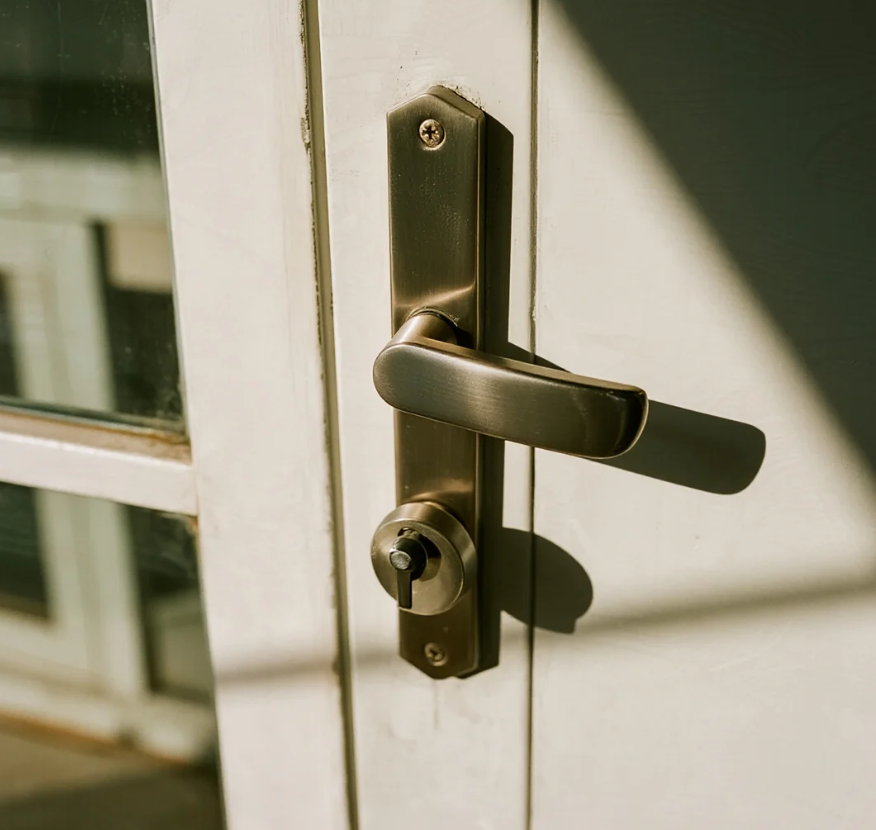
Outdoor aluminium door: They often use double-layer or insulating tempered glass, which takes into account heat preservation, sound insulation and safety.
Indoor aluminium door: Single-layer glass (ordinary or tempered) is mostly used, and some may use frosted glass or decorative glass.
Outdoor aluminium door: The hardware parts need to be rust-proof (such as stainless steel material), the lock has a high anti-theft grade (such as C-level lock core), and the hinge has a strong load-bearing capacity.
Indoor aluminium door: The hardware is lighter and the lock may be a regular handle lock or a magnetic lock.
Outdoor aluminium door: It usually has a high threshold or sunken design to prevent rainwater from flowing back in.
Indoor aluminium door: Low and flat threshold or no threshold at all, facilitating passage.
Outdoor aluminium door: It should have functions of windproof, waterproof.
Indoor aluminium door: Emphasizing sound insulation, privacy and decoration (such as bedroom and bathroom doors).
Outdoor doors are usually priced higher than indoor doors due to their complex materials and craftsmanship.
Outdoor aluminium door: Thermal break aluminium casement doors with hollow tempered glass, 304 stainless steel hinge, waterproof seal.
Indoor aluminium door: Slim frame sliding door, single tempered glass, ordinary sprayed surface.
If you are not sure, you can refer to the product manual or consult the merchant to clarify the applicable scenarios and performance parameters of the door.
Avoid mistakenly installing the interior door outside, otherwise it may cause problems such as deformation and water seepage.
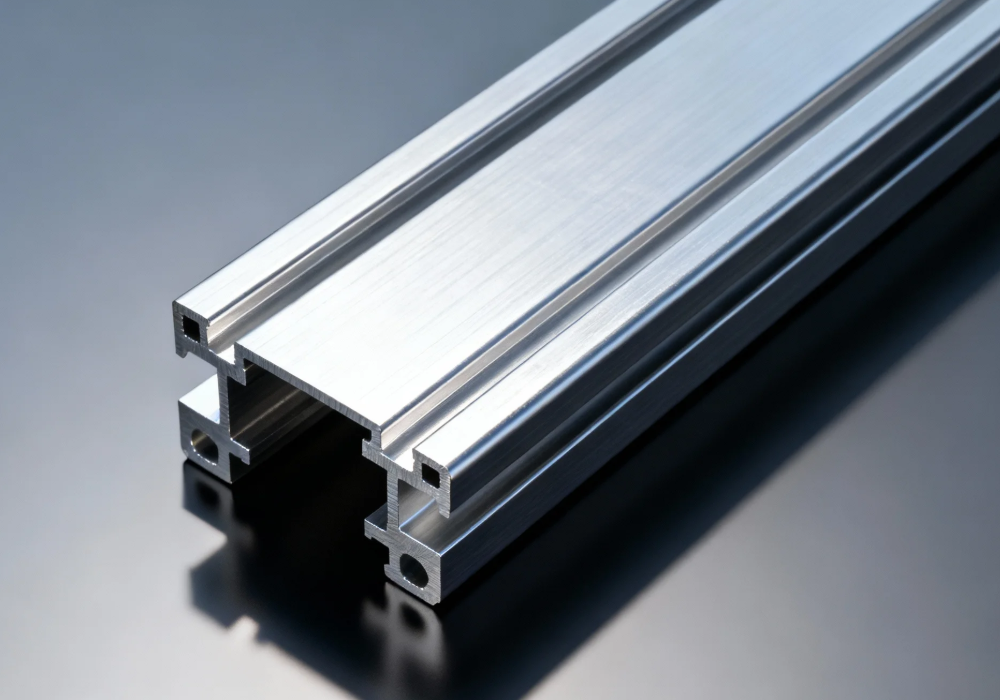
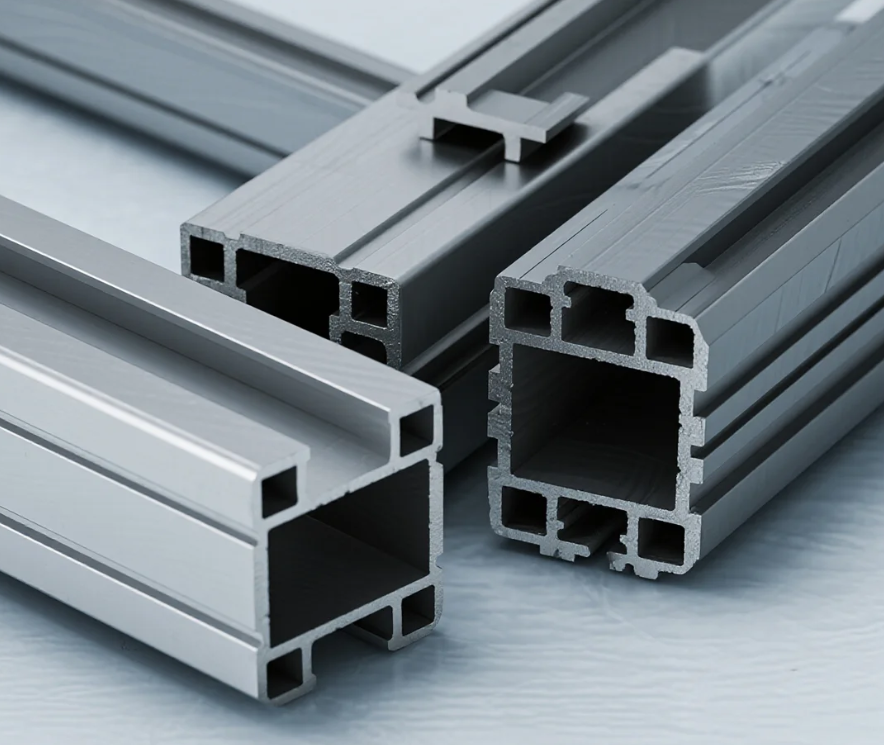

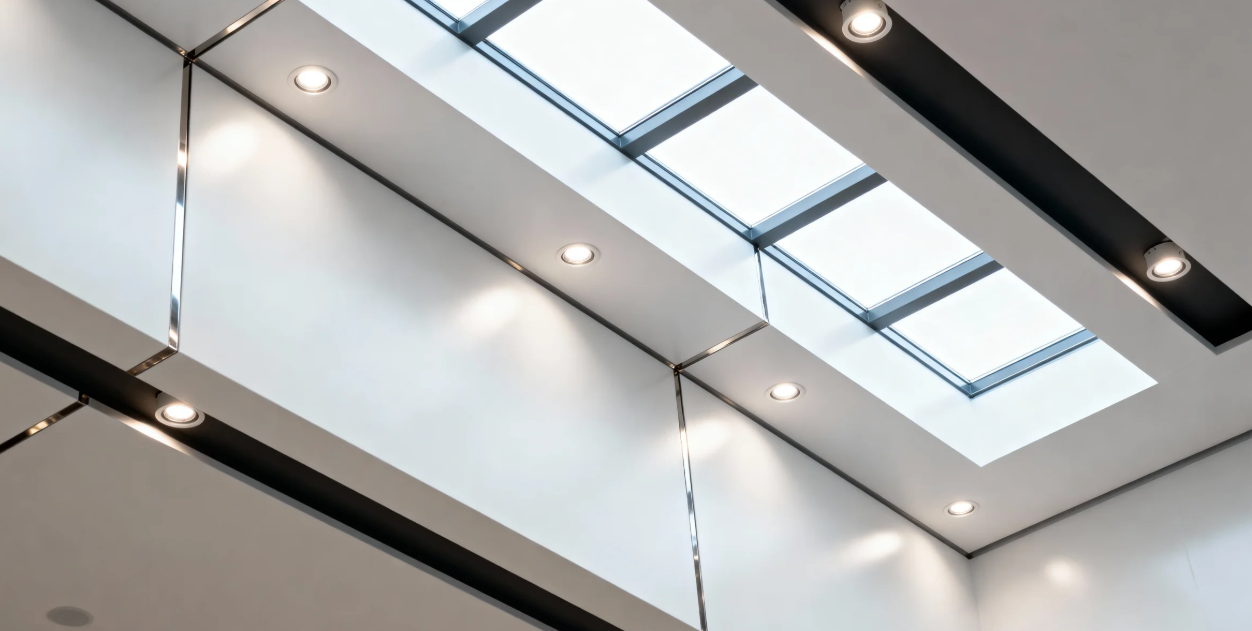

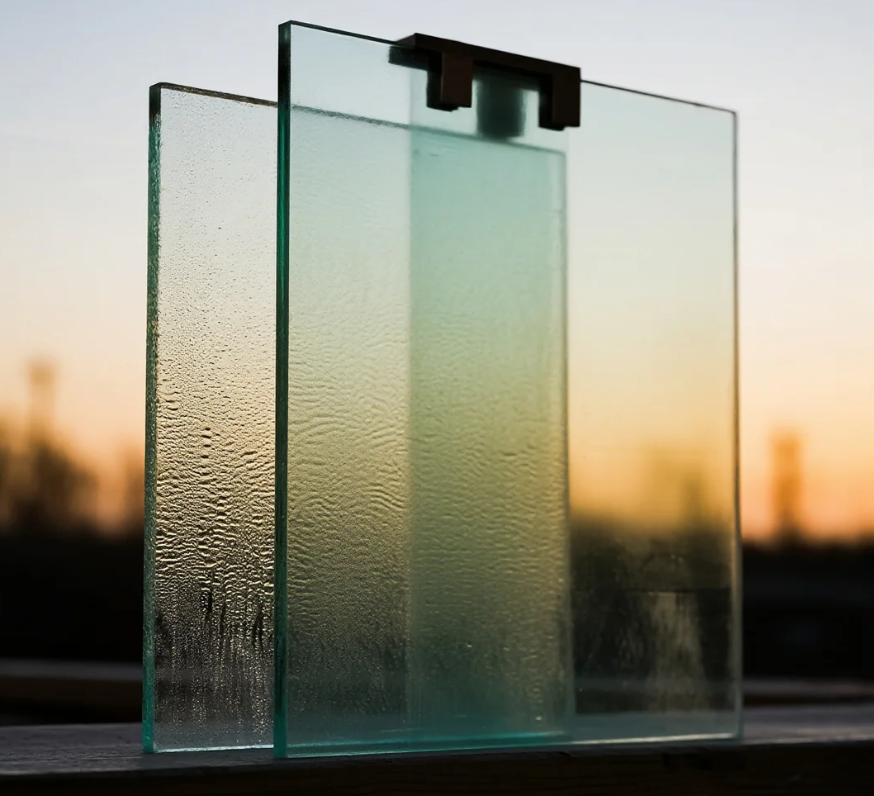

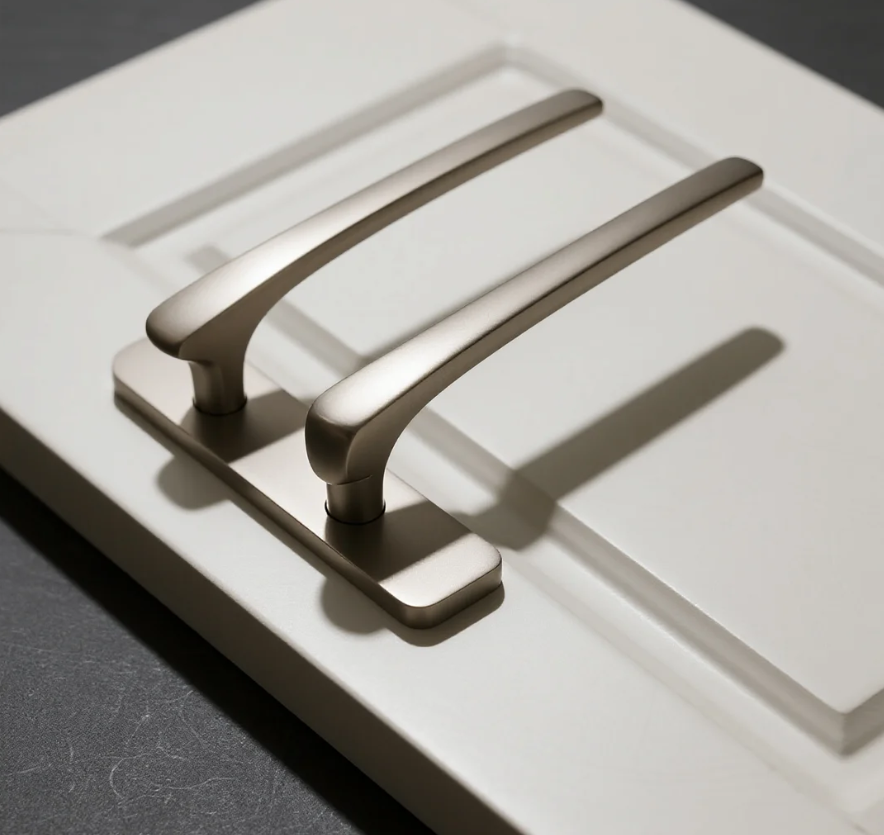
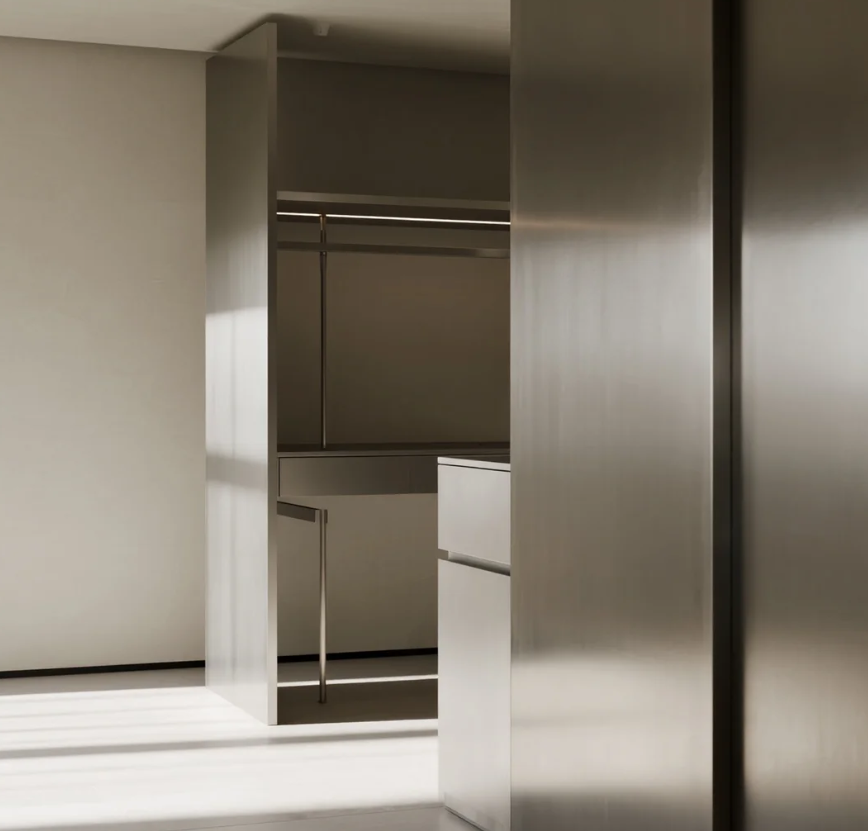
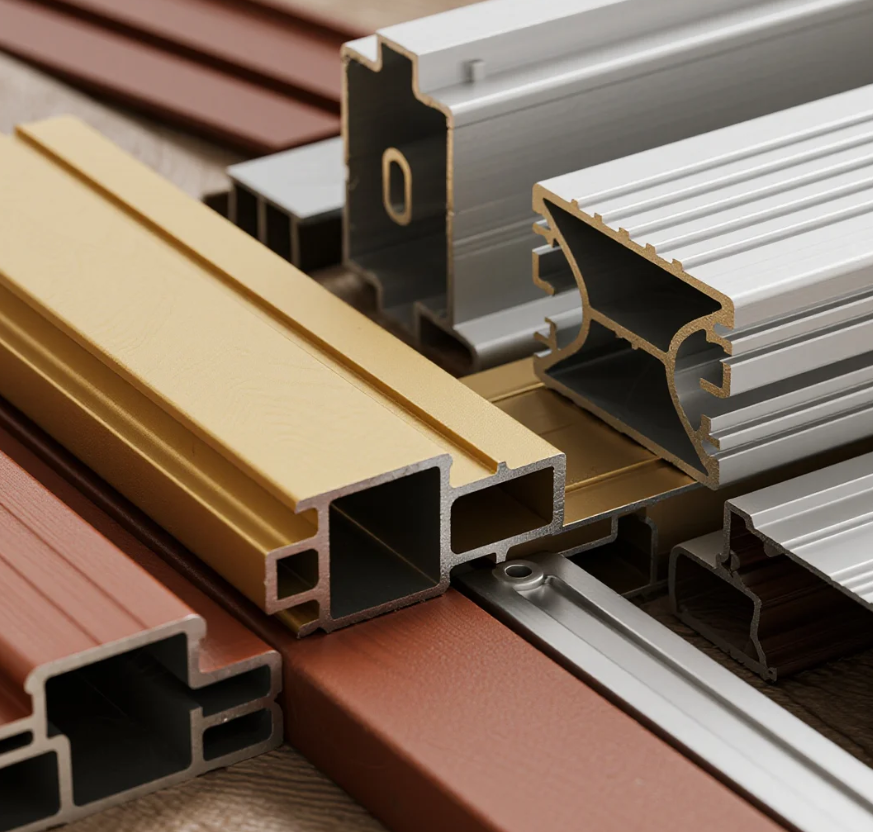

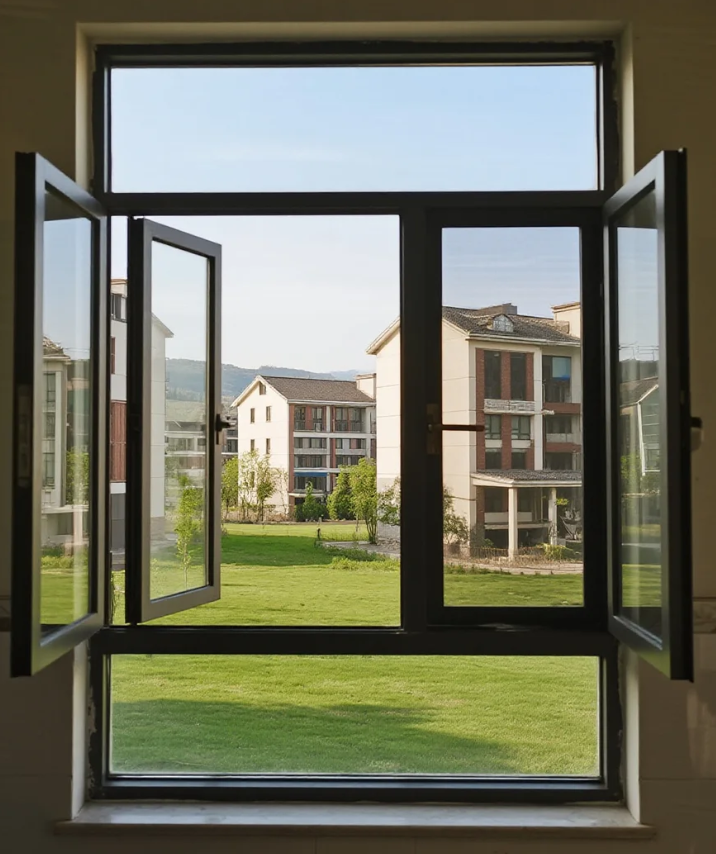
Maintenance methods and tips for aluminium doors and windows
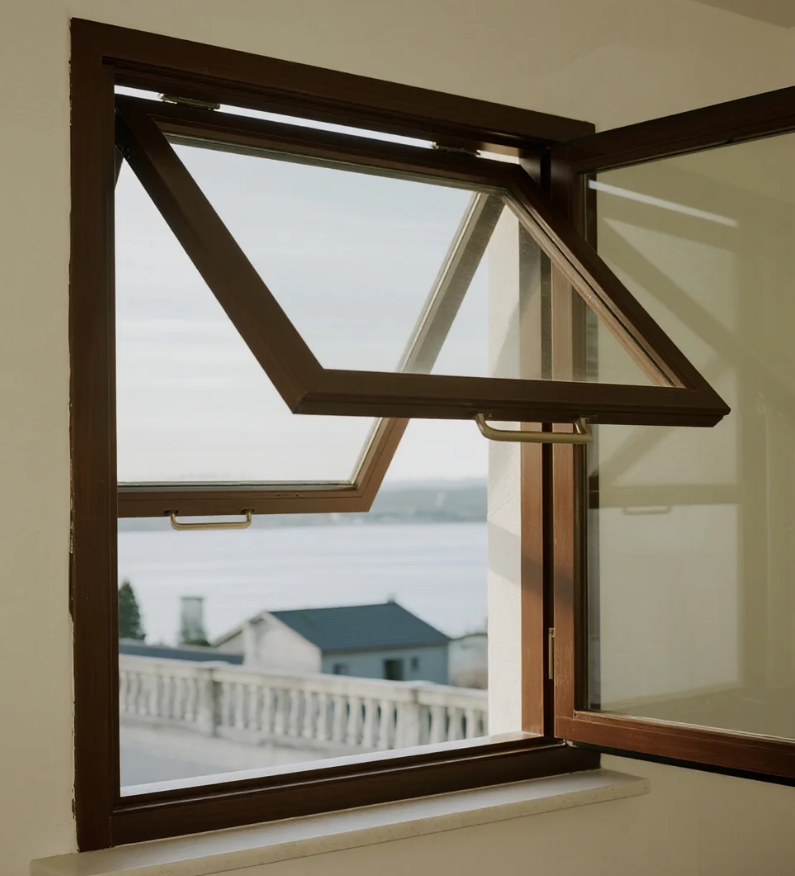
Characteristic of outward-opening and hung aluminium windows
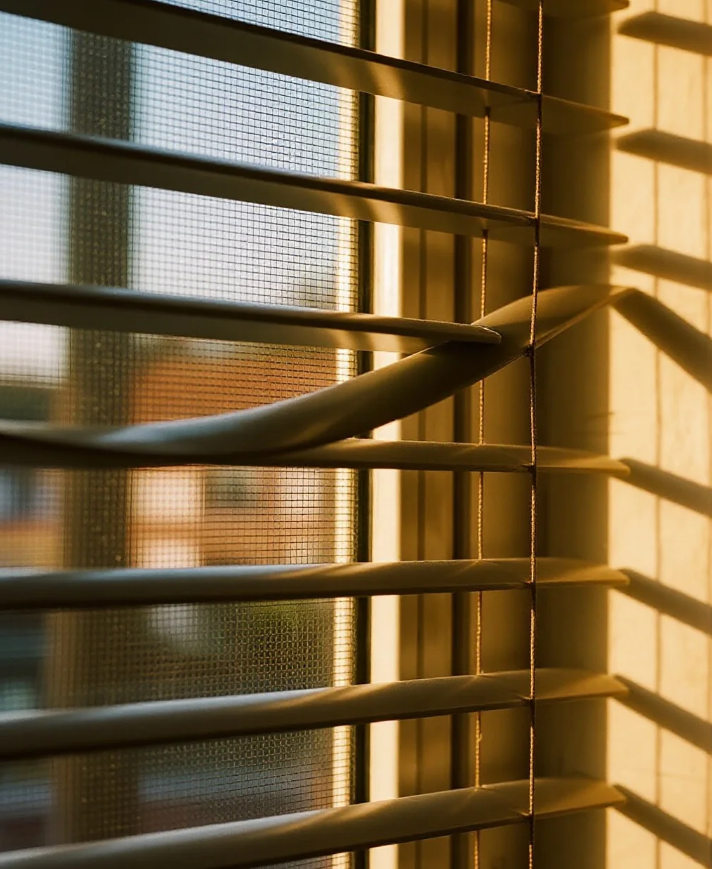

Xinhe Aluminium Research: 7.14-7.18 Analysis of Aluminium Prices
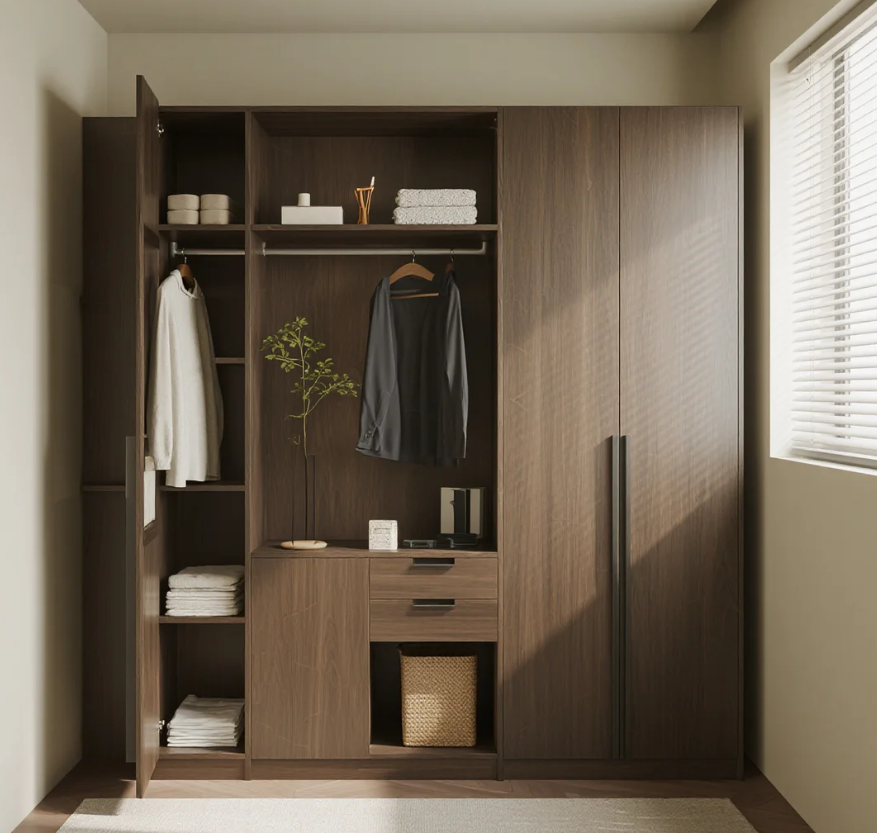
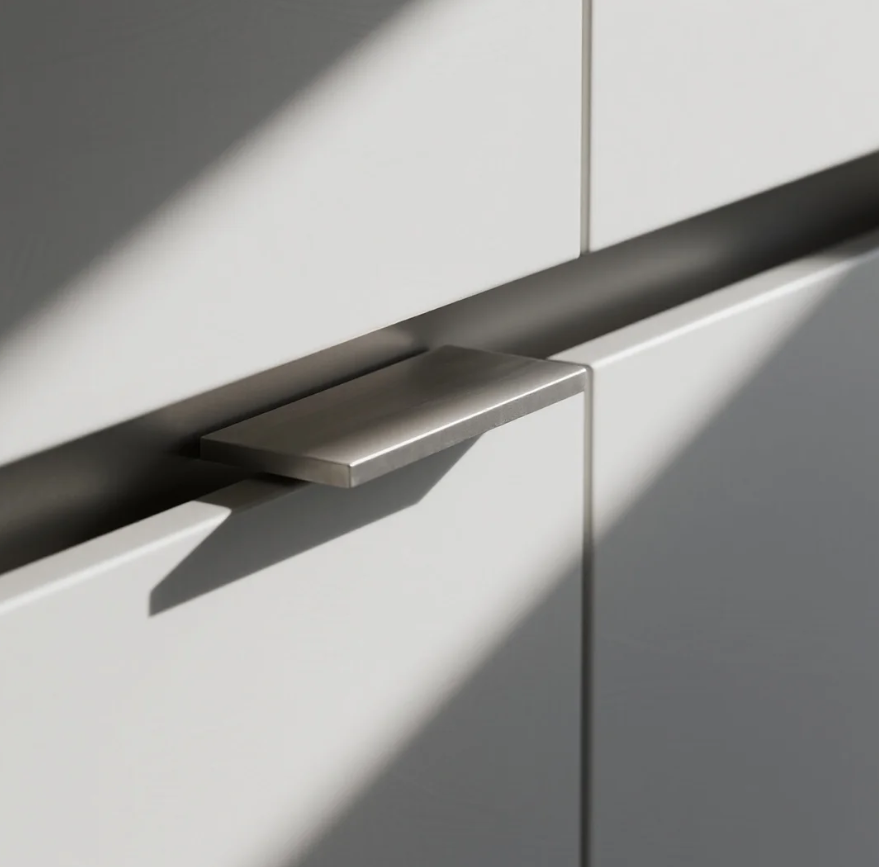

Seven Benefits Of Using Aluminium Profiles In Curtain Wall Systems
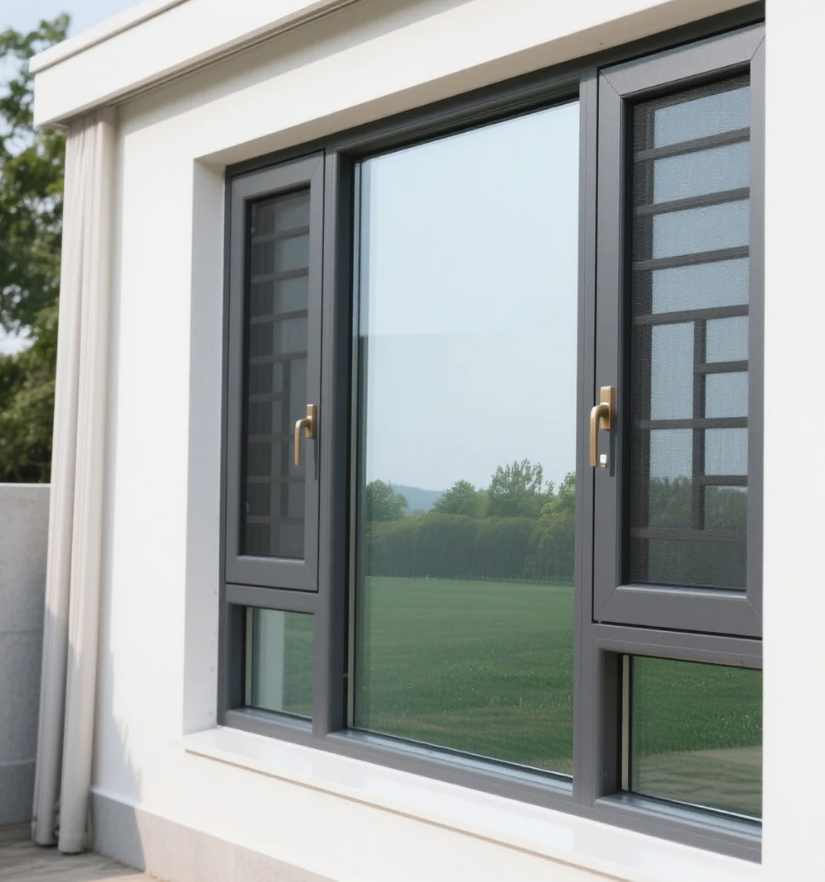
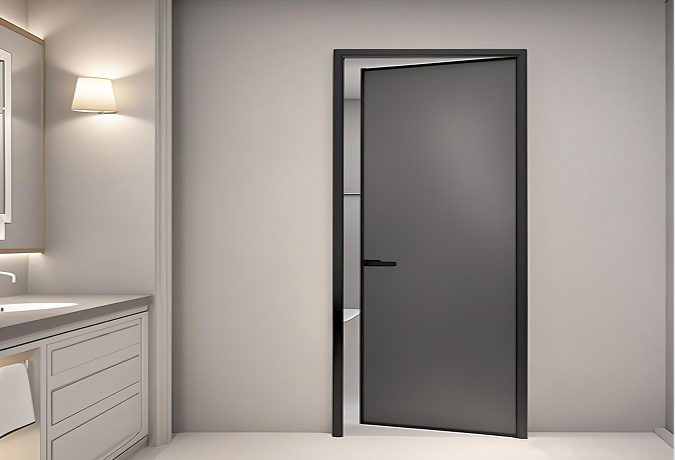
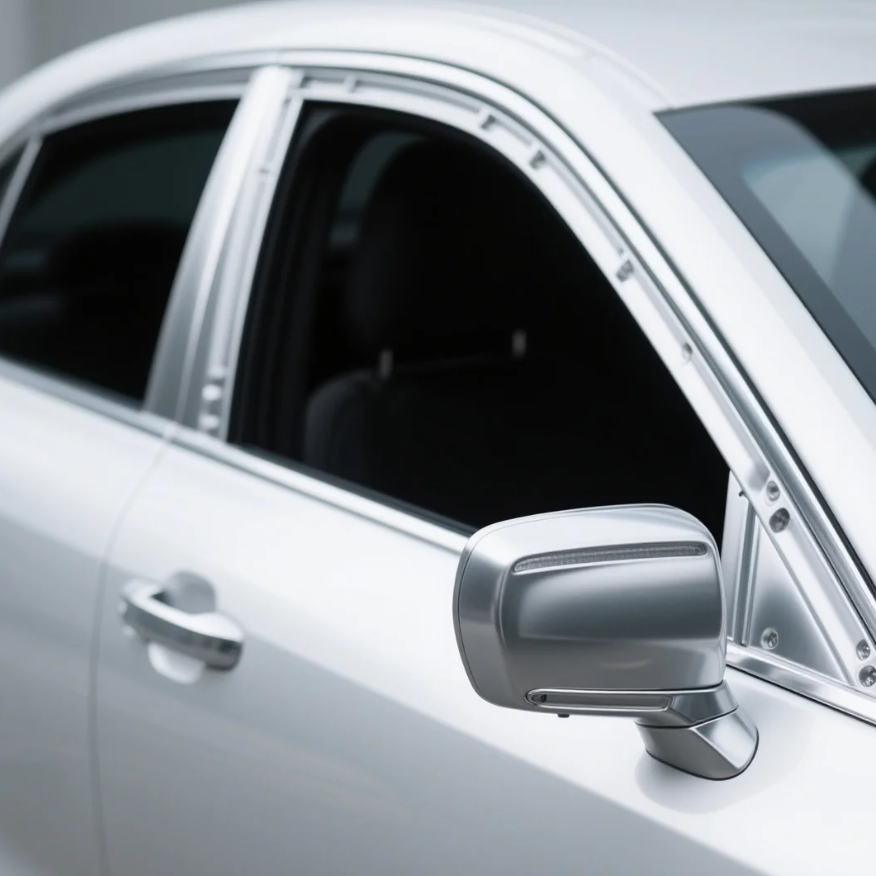
The Application of Aluminium Profiles in New Energy Vehicles

The Composition and Application of Series 6 Aluminium Alloys
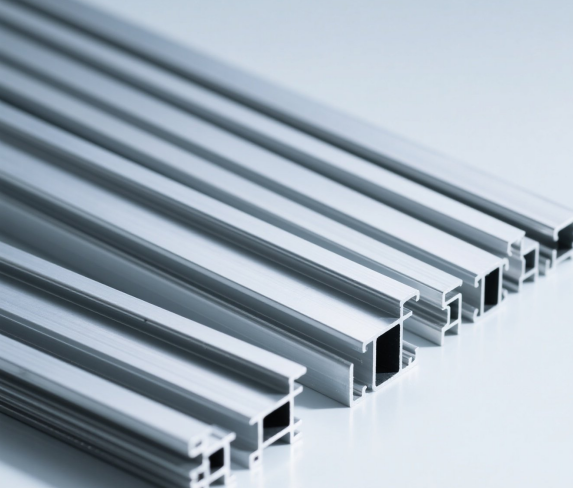
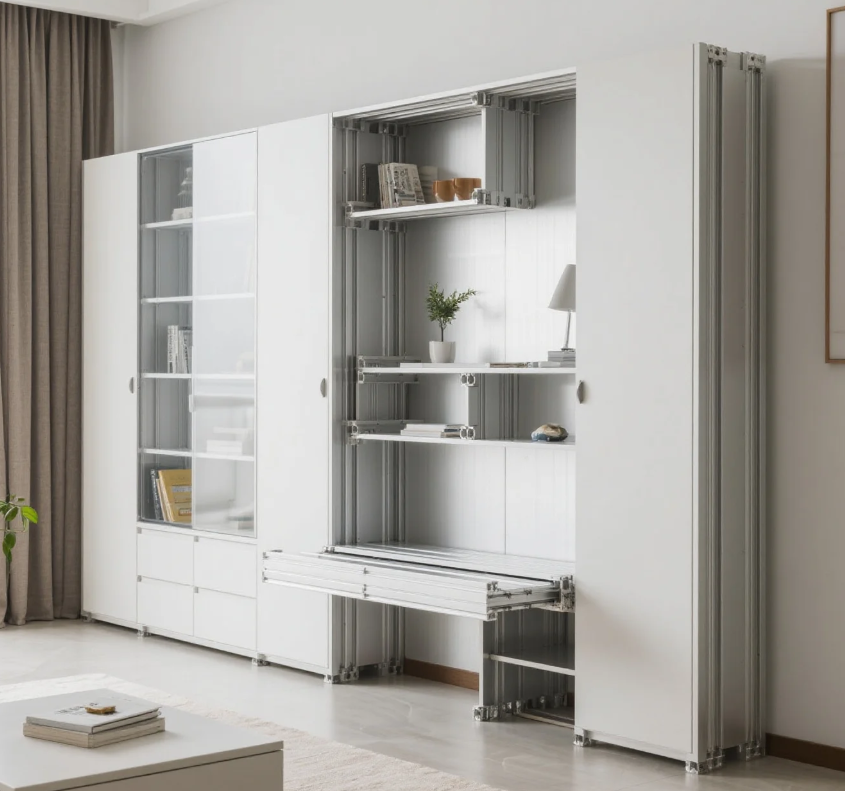
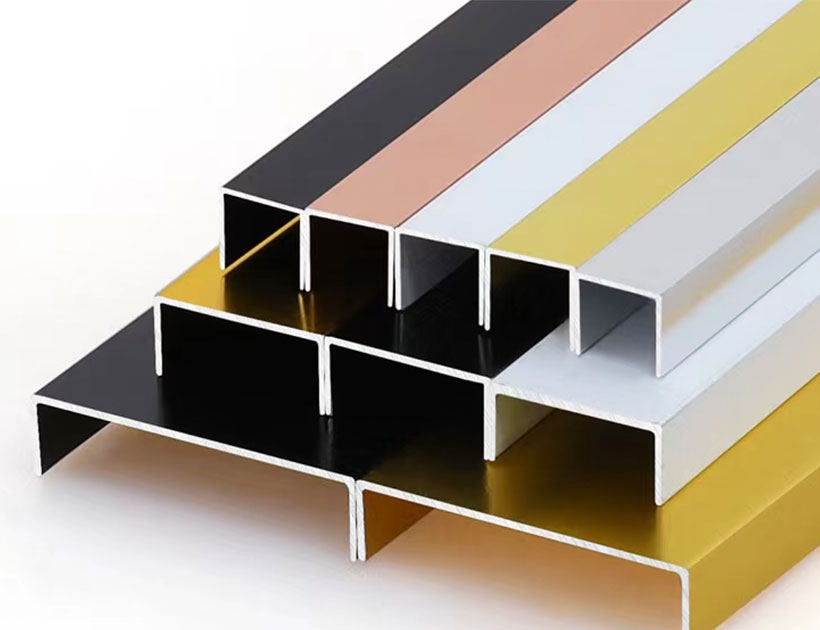
Top 5 Benefits of Using LED Aluminium Profiles in Modern Lighting
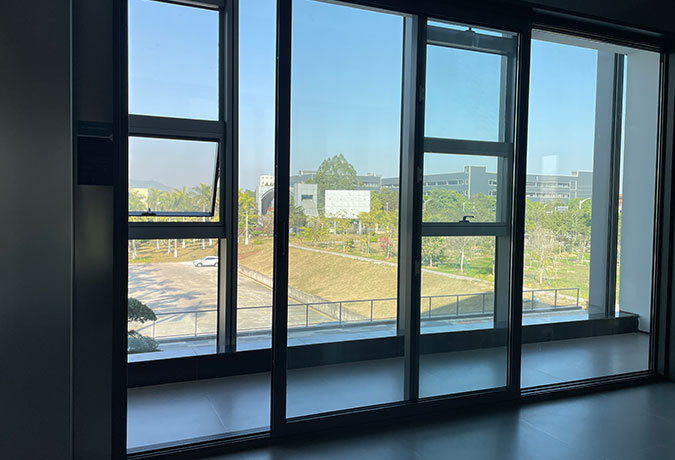
A Complete Guide to Aluminium Frame Profiles for Modern Structures

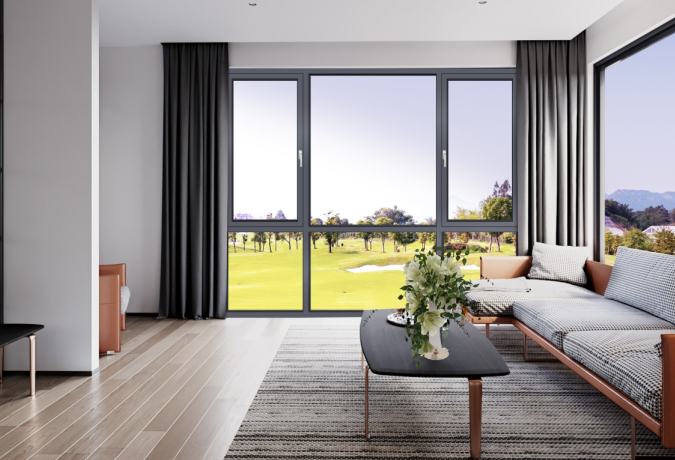
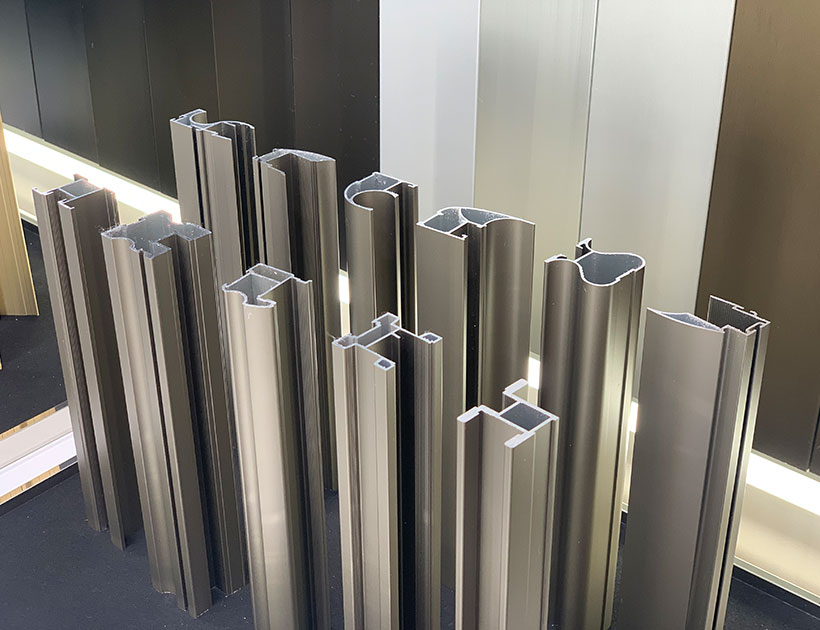
Exploring the Strength and Versatility of Aluminium Extrusion Profiles

How to Choose the Right Aluminium Profile Supplier for Your Project
